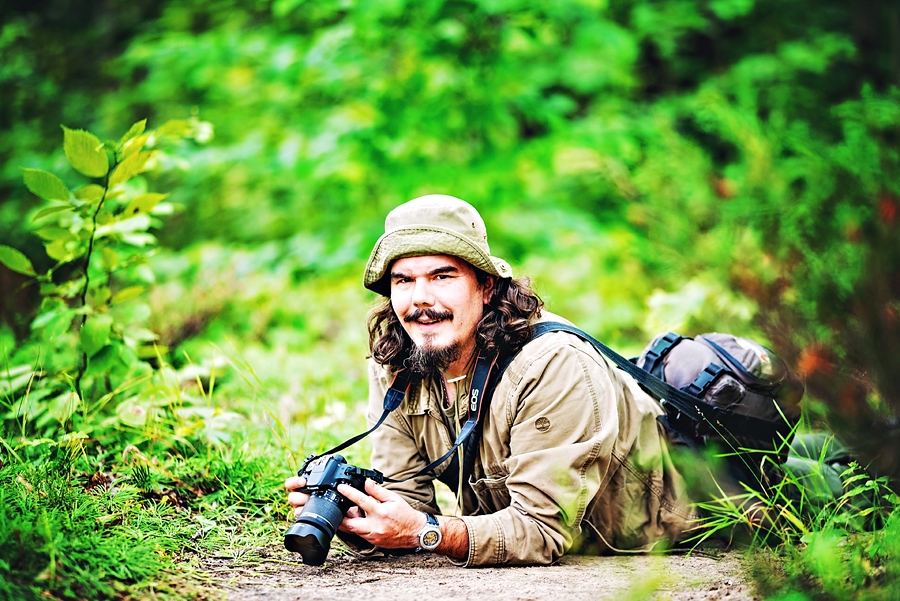“The important thing is not the camera but the eye.” – Alfred Eisenstaedt
Hello folks! Today I’d like to introduce a new series that is primarily aimed at those folks out there who have been bit with the photography bug, and may either be looking to buy their first interchangeable lens camera (mirrorless or DSLR) or, perhaps you have one of the more popular “entry level” cameras out there and think that your camera is going to be (or is currently) holding your photography back.

My aim is to dispel any hyperbole out there that might lead you to believe that if you don’t have the latest and greatest camera out there right now, you are not able to create beautiful and professional looking imagery with some of the more basic offerings out there. I will, in this series, be presenting you with examples and samples from one particular camera, my trusty Canon EOS Rebel SL1 (though, I may slip a few in from the now very affordable Full-Frame Canon 6D Mark 1). This is an entry level model that holds the distinction of being the smallest and lightest DSLR ever made. While I won’t go into great detail about “specs” I will let you know that this camera was purchased (with a very capable and underrated kit lens) for around $350 from the Canon Refurbished store about three years ago. I bought it with the intent of having a small and light option to take everywhere with me so as not to risk damage to my “work” cameras. It is far from the latest and greatest and, at it’s core, uses an imaging sensor that Canon first introduced back in 2009 which, is an eternity in electronics iteration. If you are to believe many of the naysayers out there, you’d believe that this camera is not capable of delivering much more than day to day snapshots. This blog series will show that is not quite the case.

I’ll be the first to admit that the nice thing about the more expensive models out there with more/better/newer technology behind them, is that they do make the job easier. However, there isn’t much that you can do with a $3000 professional model, that you cannot do with a similar entry level model. In fact, I’d propose this notion… That using a less capable camera can, in fact, improve your technique.

While I love my full frame cameras, the best part of my little SL1 is that it is so small and light, it allows me to take it everywhere I go, all the time. The weight is barely noticeable on 10+ mile hikes and the images it is capable of creating are, truly professional. If you know your craft and adapt your technique to the shortcomings of the equipment, there is very little you can’t do with your entry level ILC (Interchangeable Lens Camera).
In the weeks to follow, I will be providing posts that display imagery from various use-cases and even show how I’ve used this camera to make some money! For my personal, non-portrait work, it is honestly the camera that I have made the most money on. Simply because it is always with me, and allows me the opportunity to grab a shot whenever the scene and light are perfect. From 24×36 metal prints to shots sold to NBC for “virtual backdrops”, and capturing the growth and adventures with our fur-babies… This little rig has been with me through it all and has never failed to do what I have asked it.

Stay tuned! This series is also a precursor to our upcoming one on one and small group photography tutorial classes that we will be announcing soon. I’m excited to present my case to you, that it is not the camera, but the photographer that makes the biggest difference in your personal photography pursuits!
Happy shooting!
Jeff
P.s. If you are looking to purchase a new camera, we’d love it if you purchased via the following links!
Canon EOS Rebel SL1
Canon EOS Rebel SL2
Canon EOS 6D



